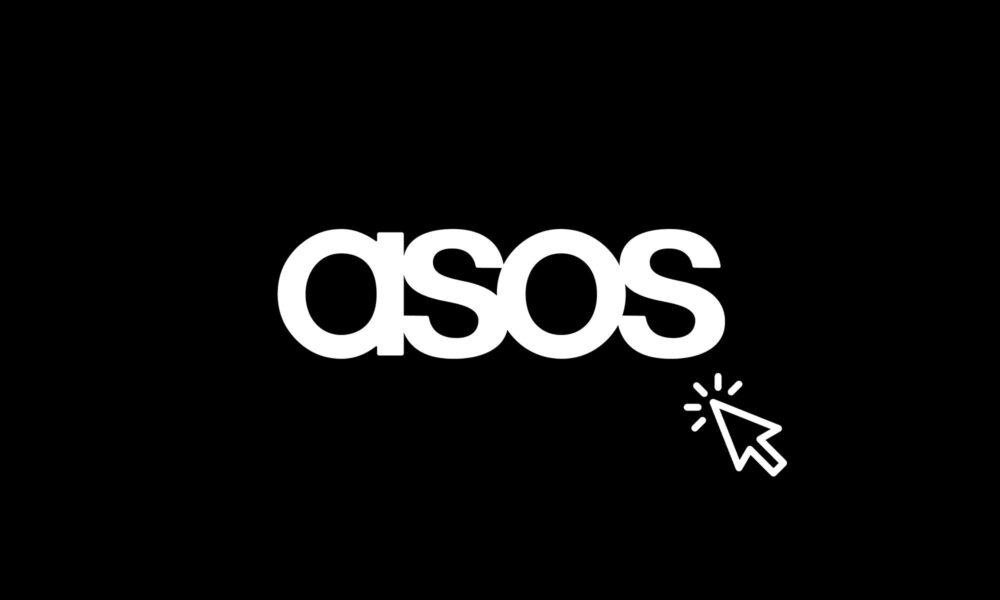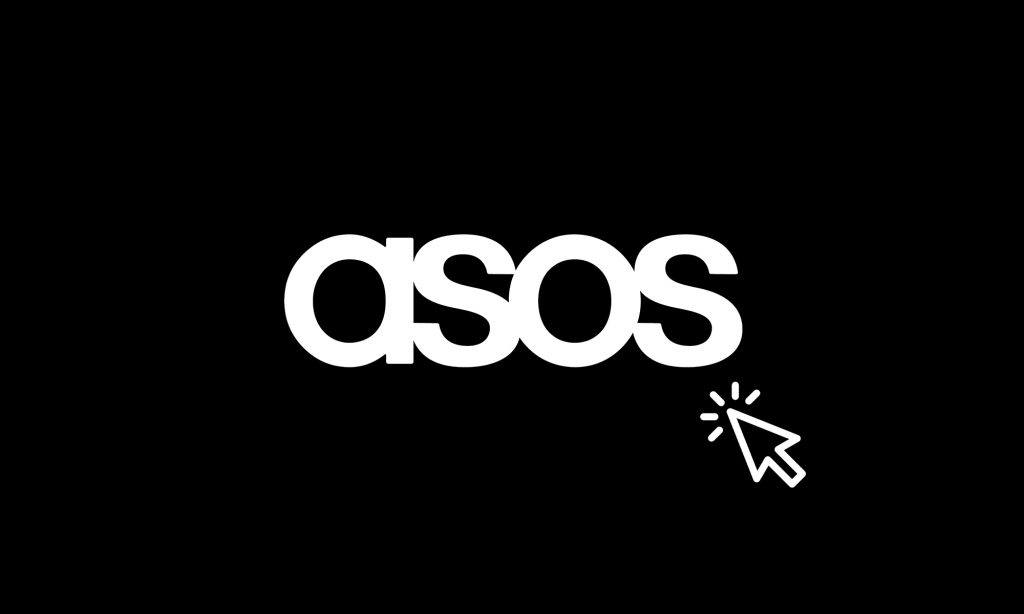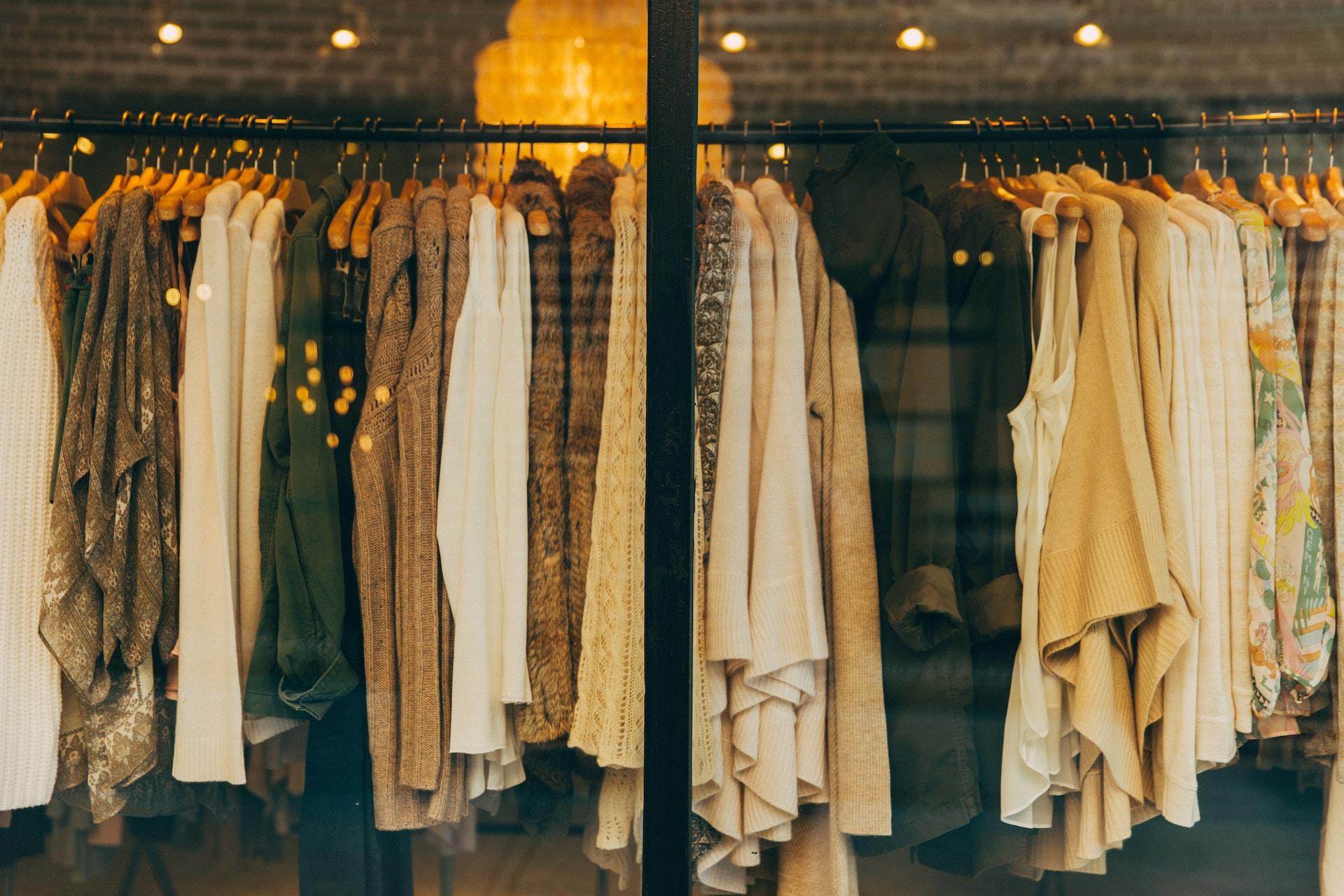In today’s blog post, we discuss a global fashion brand’s returns policy, the reality of free returns and the impact of online shopping on our planet.
If you’ve got an account with ASOS, regularly scroll through LinkedIn or check the business news, this won’t be a surprise to you. But ASOS are implementing a new returns policy that cracks down on shoppers who abuse the system. Know someone who buys an outfit for a night out and tucks the tags in so they can send it back? Of course, we all do. And they may not get away with it for much longer!
ASOS launch new returns policy to crack down on ‘serial returners’
Recently, online retail giant ASOS announced a new returns policy for its customers. Previously, customers had the standard 28 days to return anything they’d purchased. This worked exceedingly well for the brand, tripling their active customers in the UK since 2012 (from 2 million to over 6 million). Now, the new policy states that you can still claim a full refund within 28 days if the item is in ‘its original condition’. You also have an extra period between 29 and 45 days to return items, during which time you’ll receive a gift voucher for the value of whatever you’re returning.
Then comes the ‘fair use’ section: if you’re suspected of wearing clothes that you’ve bought and then returning them, or returning a noticeable amount of purchases, your account could be deactivated.
The reality of free returns
Brightpearl found a third of retailers (from the 200 they surveyed) found an increase in ‘serial returns’ over the past 12 months. Clear Returns have discovered that returns cost the UK retail industry £60 billion a year (£20 billion comes from online purchases). Following this, it’s no surprise Amazon has vowed to ban anyone who ‘abuses’ their generous returns system – for life.
Of course, aside from the costs of serial returners, there’s an obvious detrimental impact on the environment. Since Stacey Dooley’s ‘Fashion’s Dirty Secrets’ documentary for BBC 3, the general discussion around retail and sustainability has exploded. Harrowing images of polluted rivers around the world have refuelled the conversation.
As the rise of ecommerce makes shopping easier and more accessible for everyone, we’re bound to see more of those issues that directly affect our planet. Not only that, but frequent returns are a waste of time for brands’ factory workers, especially when they have to throw away items that have been returned in an unfit state. In turn, influencers, YouTubers and bloggers are starting to be held accountable for their extensive ‘hauls’. It’s interesting that 40% of social traffic to ASOS comes from YouTube.
Why do brands offer free returns in the first place?
There are obviously positives or this wouldn’t have become the reality of shopping today. Easy online returns (particularly free services) can increase conversions and ultimately boost profits of businesses around the world. Give your customers something they’re not getting elsewhere, make the experience as easy as possible for them and you’ll build up a loyal customer base. It’s simple, really.
Free returns have often been hailed as one of the main reasons for ASOS’ impressive growth as a global fashion brand. But now, this effective method of increasing sales and retaining customers is starting to have an undesirable effect on the operations of ecommerce brands.
In conclusion: it’s about finding the balance
Ultimately, ASOS (and other companies) are waking up to the reality of online shopping and liberal return policies. Protecting their brand, their workers and the planet has to come first. Others will soon start following suit, we’re sure – ecommerce brands must consider their impact on the planet and the costs of serial returners. On the other hand, returns have been a game-changer for online stores like ASOS. Can they strike the balance between being responsible and economic whilst also maximising the customer experience?
If you’re the owner of an ecommerce store, how do you handle returns? For some brands, it’s a no-brainer. The returns policy keeps customers coming back time and time again. But for others, the cost of serial returners and shoppers abusing the system is too high. Consider adding a small returns fee, or placing a limit on the number of returns a shopper can make. ASOS are now simply looking out for unusual return patterns. Hopefully, this threat will be enough to deter serial returners with unsustainable habits.











